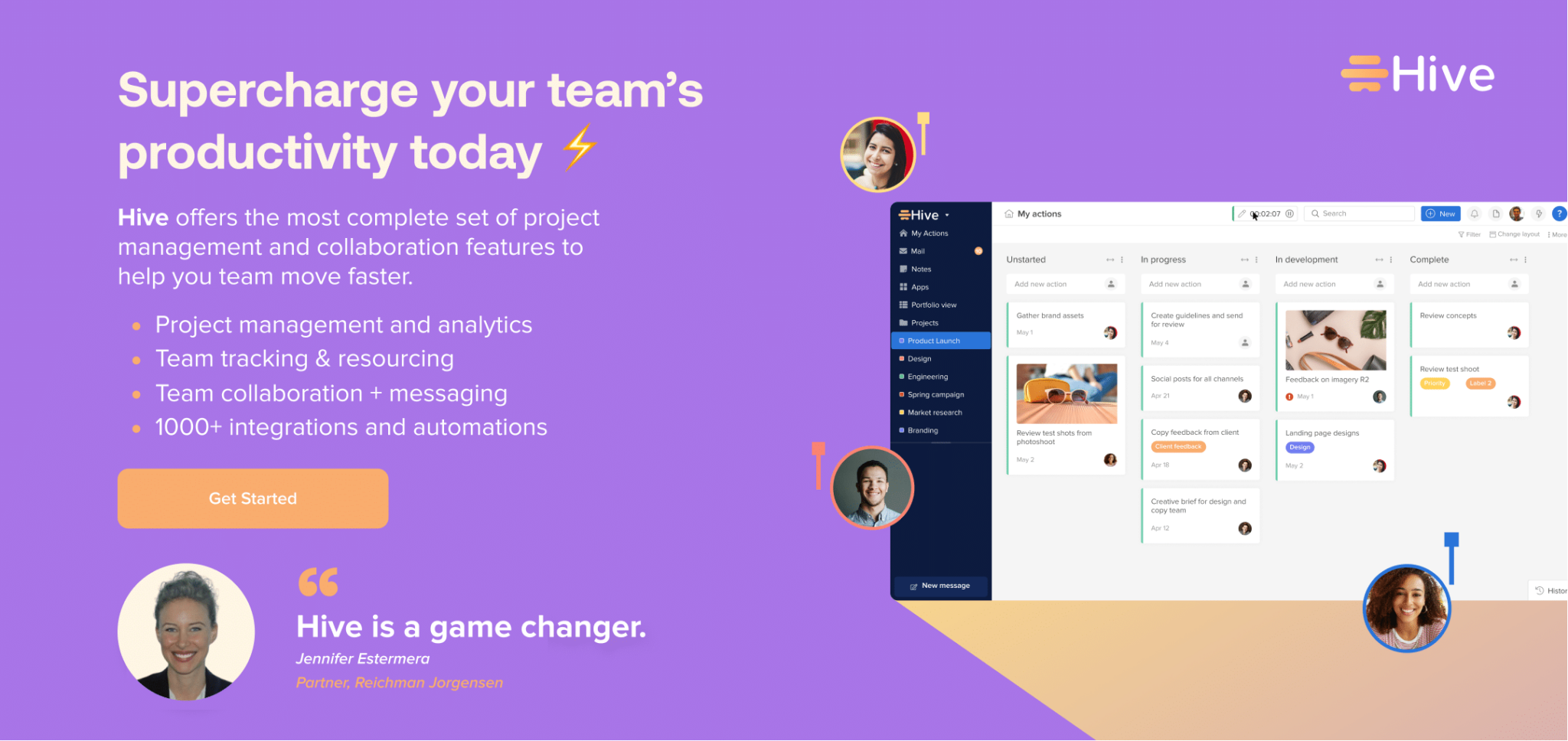Enterprise project management allows organizations and teams to deliver projects on time and on budget. Resource planning is one of the most important components of EPM, as it enables users to maximize the utilization of resources for overall project success.
Enterprise resource planning is defined as the ways in which teams, managers, or organizations identify, estimate and allocate the resources needed for a specific project. Resource planning uses data from previous projects to determine the availability of resources, so as to maximize utilization. Key elements of resource planning include capacity planning, resource allocation, and forecasting.
Key Elements of Enterprise Resource Planning
Capacity planning is the process of planning, scheduling, and tracking the capacity of resources within an organization. It is an essential part of resource management, as it enables users to identify the resources needed for a specific project and determine the capacity and quantity of the resources. This helps to ensure that the project is completed within the allocated time and budget.
Resource allocation is the process of allocating resources to a particular project or task. This involves assigning tasks to the appropriate resources and ensuring that the resources are deployed efficiently and effectively. By using resource management systems, an organization can ensure that the resources are used in an optimal manner, thus maximizing the utilization of resources.
Lastly, forecasting is another key element of resource management. Forecasting uses historical data as inputs to make informed estimates that predict the future needs of a project. This helps teams anticipate future costs, time, and even unexpected expenses that may be associated with the project, enabling them to anticipate what resources are needed to for success.
The Best ERP Systems
There are various enterprise resource planning systems on the market that can help your team work through capacity planning, allocation, and forecasting. Here are our top recommendations.
1. Hive
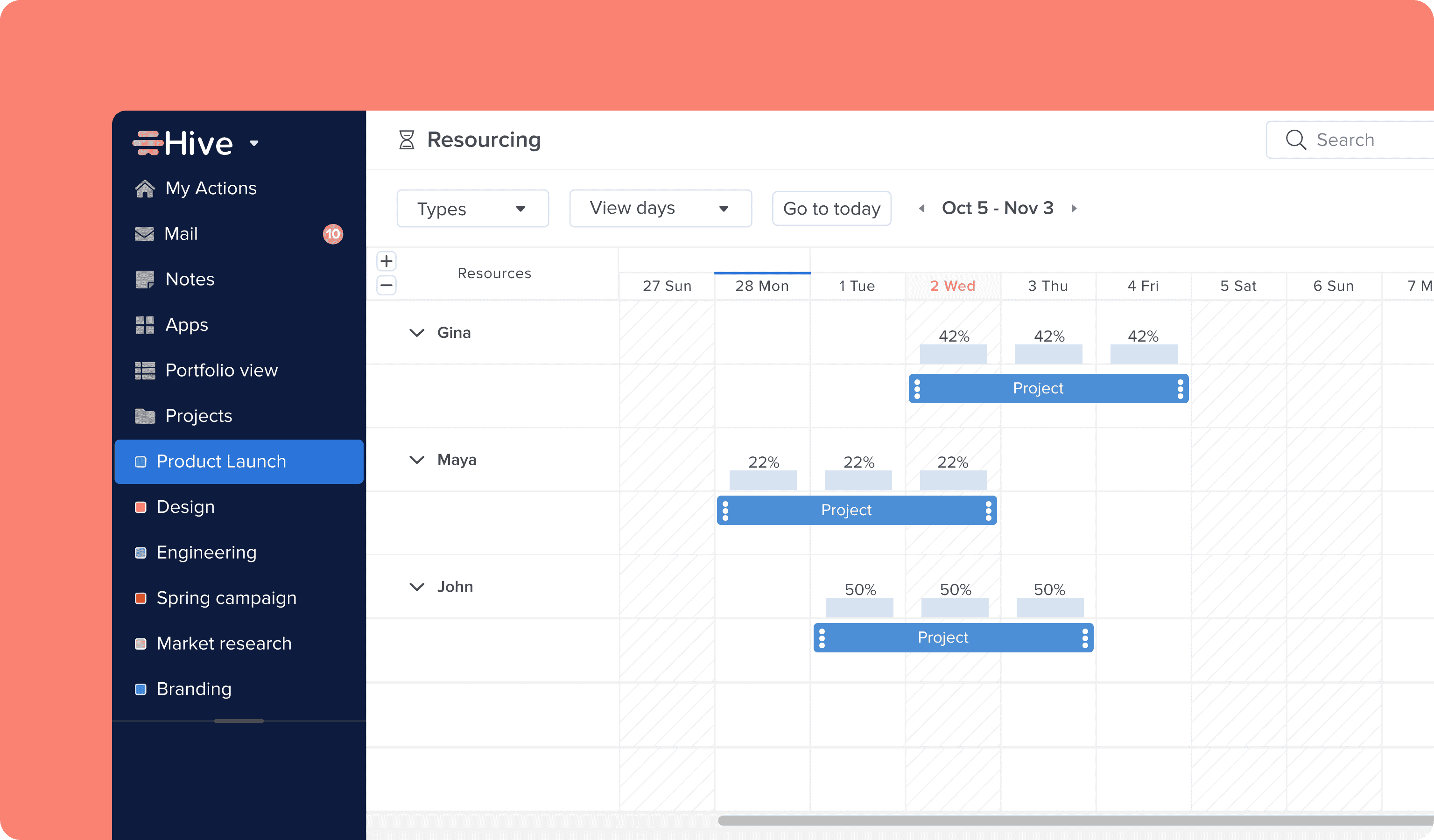
Hive is an enterprise project management tool that helps teams manage their projects, tasks and resources. Hive was created to improve project and task management for teams of all sizes, ranging from small start-ups to large corporations.
Resourcing is simple in Hive, because tasks and projects are an innate part of the Hive project management process. In Hive, you can easily assign tasks to team members, track progress, and identify any potential issues. It also provides automated reminders when tasks are due and real-time notifications to inform everyone of upcoming deadlines.
Hive also allows teams to break down their projects into smaller tasks, enabling them to better manage deadlines, budget and resources. Tasks can be grouped under projects, making it easier to track progress and make adjustments. To reduce miscommunication, Hive allows you to leave comments on tasks, which can be seen by all team members, allowing questions to be answered quickly and keeping everyone on the same page.
There are also dedicated Resourcing, Time tracking, and timesheet apps in Hive, which do the following:
- Track time on individual tasks (manual and automated)
- Allocate resources (team members) per project
- Set team utilization percentages
- Assign placeholders for actions and projects
- Report on all tasks and projects completed
- Adjust budgets accordingly
Think Hive sounds like a great option for your team? Start a free 14-day trial to get started today!
2. Microsoft Planner
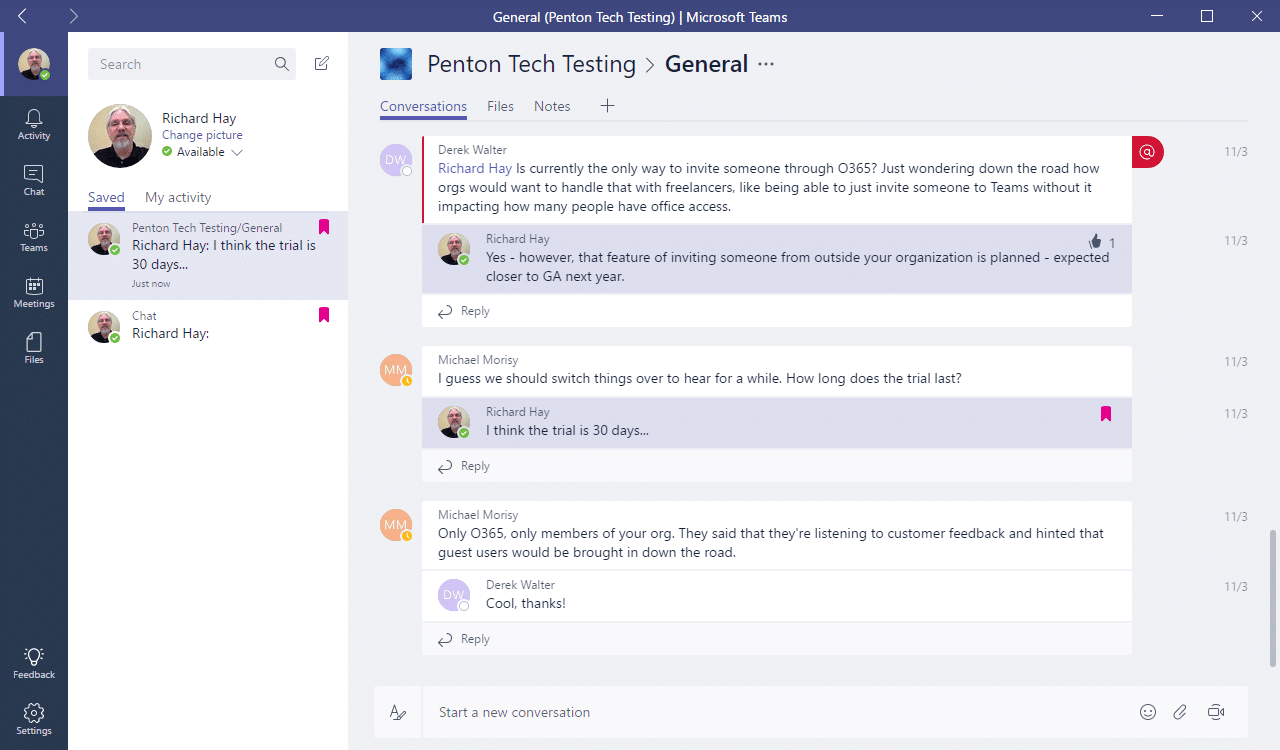
Microsoft Planner is a resource planning tool designed for businesses and teams. It features overviews and boards that enable users to easily organize tasks, assign tasks to team members, track progress, set deadlines, and collaborate with other users in the same project.
For businesses, Microsoft Planner can be a useful tool for streamlining workflow and improving the organization of tasks, including allocation of teammates and time spent on projects. Not only can businesses create visual plans and track goals within the application, but they can also quickly add teammates, co-workers, and assign tasks to people specific to the project. Assigned tasks can then be tracked and monitored and can then be marked when they are complete.
3. Asana
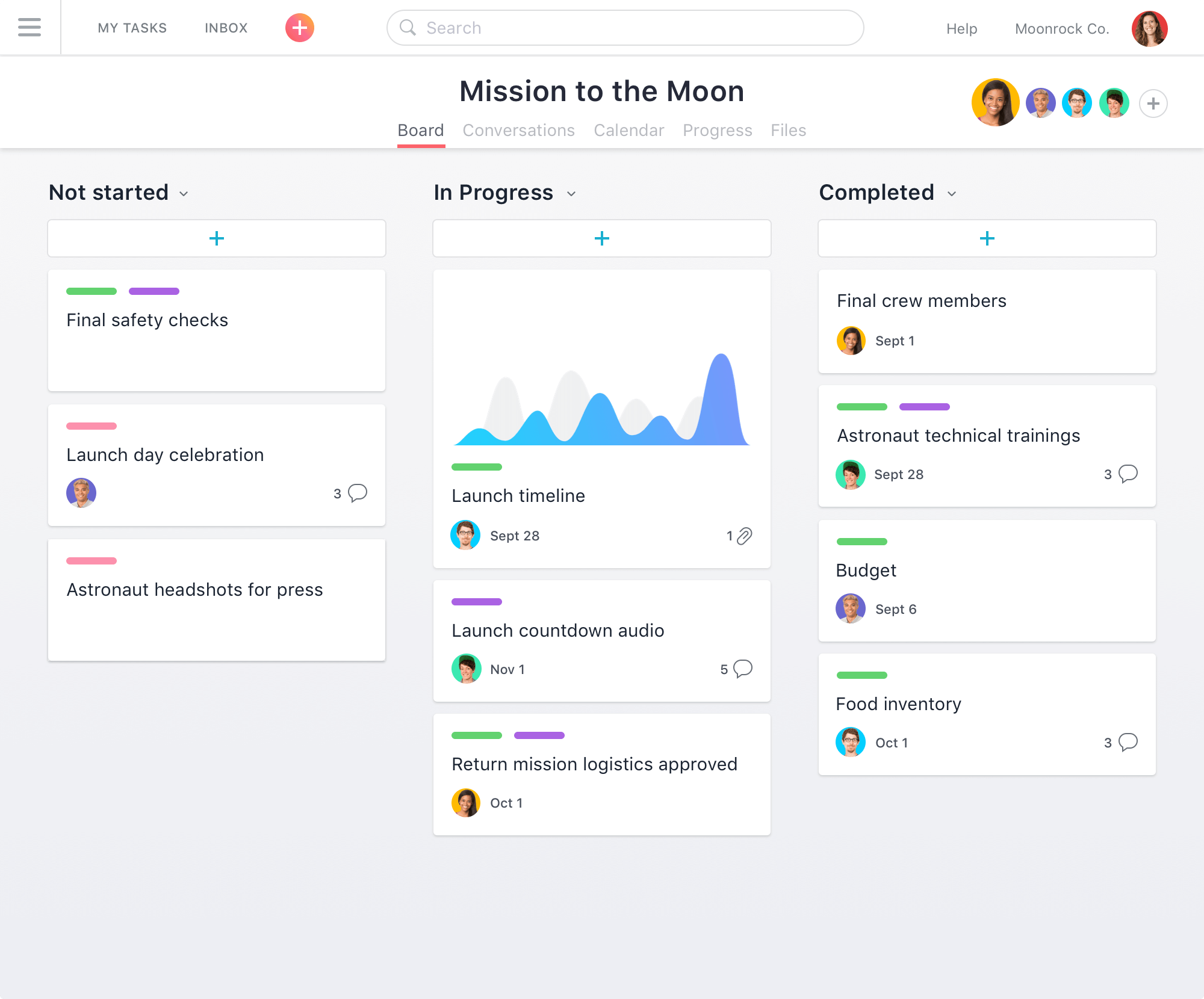
Asana is a user-friendly and collaborative resource planning tool that helps teams track projects from start to finish. Asana helps users organize tasks and projects, assign tasks to team members, share and keep track of files, and automatically tracks progress and deadlines. Asana also offers powerful reporting and customization capabilities that allow users to maintain control of their projects while ensuring success.
Asana is a great option for smaller teams looking for intuitive project and resource management tools that have a short learning curve. To learn about other comparable tools on the market, check out these great Asana alternatives.
4. Zoho

Zoho Resource Management is an online platform designed to help teams and companies manage their resources more efficiently. It provides an easy-to-use, intuitive user interface and powerful backend tools designed to help teams optimize resource allocation and increase productivity. Zoho Resource Management provides a library of templates and tools that allow users to easily create and monitor projects, track the progress of tasks and resources, and assign tasks and schedule activities.
Using Zoho Resource Management, teams can create and assign tasks, set project timelines, allocate and assign resources, and view progress on tasks and resources in real-time. Team members can also use the project dashboard to keep track of progress and tasks, as well as to stay informed on changes or events as they occur.
5. GanttProject
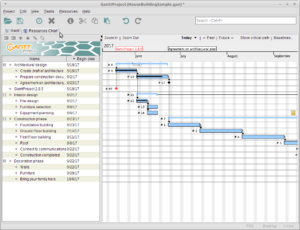
GanttProject is a resource planning tool that helps project managers manage their projects, optimize resources, and do more with less. It is open source and free to use, making it an ideal solution for smaller teams and resources. This helps project managers to plan for better resource allocation while executing and managing their projects.
The software integrates with many different project management systems including Microsoft Project and Jira. The Gantt chart tool also provides efficient task breakdowns and a timeline view, allowing project teams to see where tasks are throughout their cycle. as well as offering comprehensive tracking and ability to assign resources to tasks.
6. Oracle NetSuite
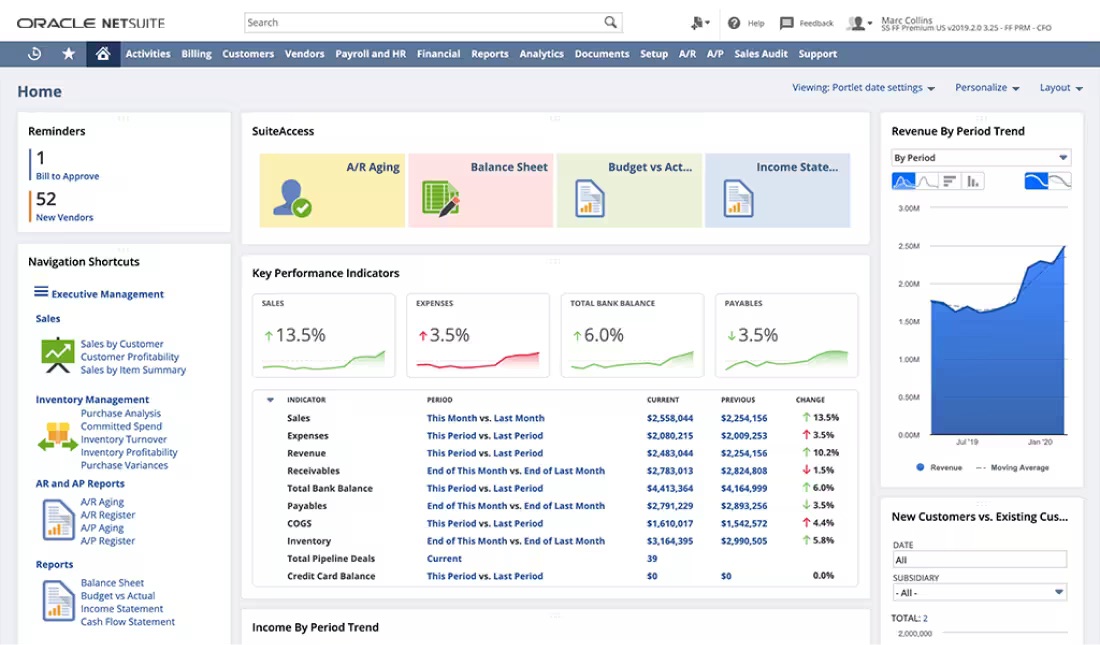
Oracle NetSuite is an enterprise resource planning software that has a suite of business management tools that enables organizations to manage all their core operations in one system. NetSuite offers a wide range of features, including financial management, order management, inventory management, and e-commerce functionality. When integrated into enterprise resource planning systems, its modern inventory software and operations solutions help streamline processes and enhance efficiency.
NetSuite also offers a cloud-based platform, which means that businesses can access their data and software from anywhere, at any time, and on any device, making it an ideal choice for companies with remote or distributed teams. With NetSuite, businesses can automate and optimize their workflows, improve their visibility into their operations, and make better-informed decisions based on real-time data.
7. Workday
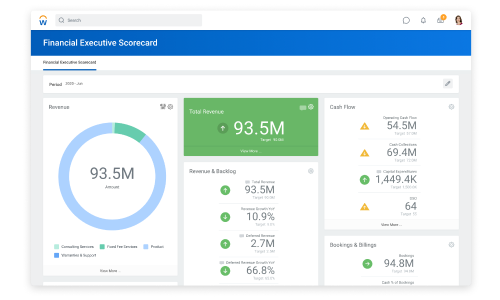
Workday Resource Planning is a powerful tool that helps organizations effectively manage employee resources in their workforce. It enables companies to plan and deploy resources according to their specific business objectives. By providing visibility into all resource needs and capacities, it makes it easier to estimate resource utilization and plan for optimal capacity utilization.
With Workday Resource Planning, organizations can better match employees to open positions quickly. It guides organizations in aligning resources with goals and for identifying opportunities to deploy resources more efficiently.
The software can help determine the number of employees required to meet current and projected workloads. It also provides organizations with historical data that helps to improve resource planning decisions. Workday Resource Planning includes workforce optimization and capacity planning tools. With these tools, healthcare organizations can ensure that they are deploying the right resources to meet each patient’s needs, instead of relying on “gut instinct.”
8. Odoo

If your company is looking for a highly customizable and cost-effective ERP solution, Odoo by Port Cities might be an alternative for your business. This ERP system can be accessed from mobile, tablet, or PC and is available in more than 120 languages.
From inventory to accounting, CRM, sales, and e-commerce, Odoo offers a variety of modules to cover all departments of your company’s processes, allowing you to build a comprehensive ecosystem of your business.
Another great advantage of Odoo is the possibility to integrate the system with 3rd party apps. The cost of Odoo varies depending on the number of licenses your company needs. Their basic plan starts at $6 per month/per license.
9. Sage Intacct

Another enterprise resource planning tool with decent results is Sage Intacct. It offers capabilities for your company’s financial, operation and compliance needs: from accounting to order management, project management, human resources, manufacturing, CRM and compliance audits. However, Sage Intacct can be complex and require a steep learning curve on onboarding. The solution can become quite expensive as well for larger organizations. This wouldn’t be much of an issue if the tool was able to deliver the customization and flexibility enterprises need, which ends up not being the case for Sage Intacct. Its system can be slow and inconsistent at times, which makes Sage Intacct not a great fit for companies looking to move faster and gain in productivity.
In conclusion, resource management plays a key role in Enterprise Project Management, as it enables users to manage, optimize, and track the utilization of resources to maximize project success. By using this tool, much like an HR software for small business teams, organizations ensure that their projects are completed within the allocated time and budget.
Looking for additional help managing your resources? Check out online ERP consulting experts who can leverage their expertise to make informed estimates that predict the future needs of a project.


